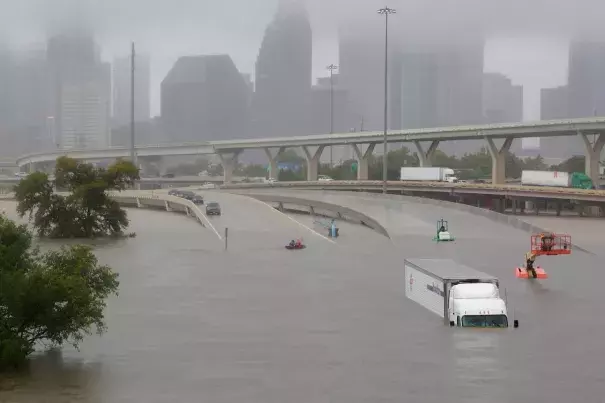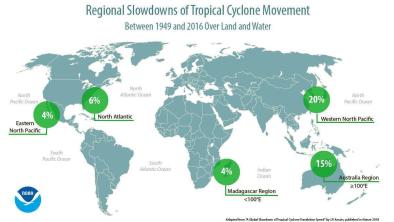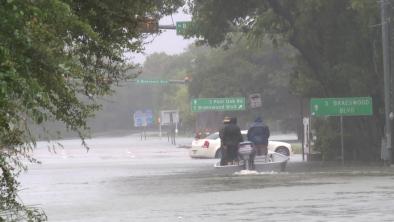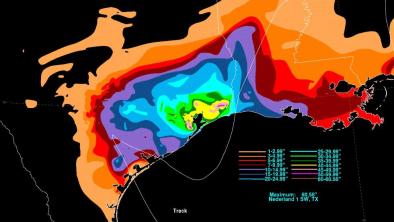Analysis | Houston is experiencing its third ‘500-year’ flood in 3 years. How is that possible?

Hurricane Harvey has brought “500-year” rainfall and flood conditions to the Houston area, according to officials at the Harris County Flood Control District.
By the time the storm finally leaves the Houston area the true magnitude may be even greater than that, surpassing 1,000-year thresholds -- potentially even more.
But 500-year floods, as it turns out, happen more frequently than you might expect. The Houston area alone has seen no fewer than three such events in the past three years, according to local officials: Memorial Day floods in 2015 and 2016, followed by Hurricane Harvey's torrential rains this year.
...
A 500-year flood isn't necessarily something that happens once every five hundred years. Rather, a 500-year flood is an event that has a 1 in 500 chance of occurring in any given year. “For a 500-year flood, there is a 0.2 percent chance of having a flood of that magnitude occurring” in any given year, according to the National Weather Service.
...
Practically speaking, that means you can have multiple 500-year flood events happen essentially back-to-back. Indeed, that appears to be happening in Houston right now, with the flooding in 2015, 2016 and today.
...
This brings us to another variable in the equation: Climate change.
It's unwise to try to link climate change to any specific storm or even string of storms. Even if we weren't heating the planet with a steady stream of human greenhouse gases, all of these storms would have likely happened anyway. But climate scientists do believe that global warming is creating conditions that allow these storms to become more powerful, and perhaps even more frequent.
Climatologists say the mechanism by which this is happening is fairly straightforward. “Warmer air can contain more water vapor than cooler air,” according to the 2014 Climate Assessment produced by the U.S. government. “Global analyses show that the amount of water vapor in the atmosphere has in fact increased due to human-caused warming. This extra moisture is available to storm systems, resulting in heavier rainfalls.”
Related Content





